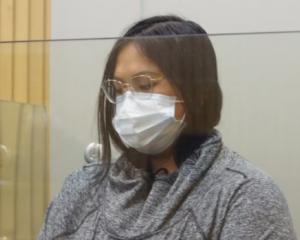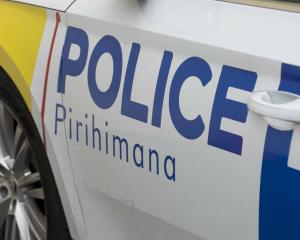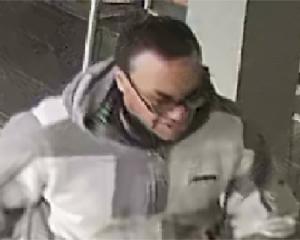
Researchers have fitted tracker tags on queen bumble bees in a quirky new study adding to the buzz around the cute and furry insects becoming big future pollinators in orchards around the country.
A team led by Plant and Food Research pollination expert Dr David Pattemore yesterday launched a tracking system used to monitor up to 200 queen bumble bees at a time as they zoom around a Waikato blueberry orchard.
The trial - part of a wider, ongoing programme investigating bumble bees' potential role as orchard pollinators - kicked off with the planting of tiny radio tags, weighing less than a gram each, on a group of queens.
The technology meant the bees could be tracked within an area of 100ha - and monitored using a smartphone.
``You can actually sit in a cafe and observe them flying around,'' Pattemore said.
The main goal of the study was to understand how the bees - particularly the common buff-tailed bumble bee - picked their nesting sites.
Bumble bees have an annual life cycle; at the end of summer, it's only queens that survive to hybernate over winter, and when they re-emerge at the beginning of spring, they find a nest site and set up a colony.
The researchers have already built nearly 1000 nest boxes, or ``bumble bee bunkers'', within avocado, plum, kiwifruit and red clover sites in five regions.
``The idea is to find what's attractive to the wild queen to get her to establish the nest from scratch, so we are trying to get them, in early spring, to set up their colonies in our nest boxes.''
Pattemore and his team had been successful in attracting a rarer species, but not the buff-tailed bumble bee.
``So, if we could actually find out what it is that these most common bees are looking for in their nest site, we could fill up all of our nest boxes and really revolutionise pollination.''
Along with the radio tracking work, Plant and Food Research is running experiments monitoring queen bees as they fly around purpose-built flight cages, and using its trained ``bumble bee dog'' Ollie to sniff out early-stage nests under orchards.
The fully-automated radio system allowed the researchers to watch the bees 24 hours a day, with tags that had been specially developed for them.
``These have actual transmitters that give out a radio pulse, and we've been able to detect the pulses from more than a kilometre away,'' Pattemore said.
``So it gives us an ability to really understand that large-scale movement.''
Pattemore believed it was entirely realistic to expect bumble bees could contribute as key pollinators for New Zealand's multi-billion dollar horticulture industry.
``Our research could make a huge difference, in terms of the ability to utilise bumble bees for pollination, and therefore give growers more than one option, so they're not just reliant on honey bees, which are getting quite expensive.''
Further, Pattemore believed the technology could be adapted to track other pollinators, such as birds or bats, or pest mammals as part of efforts to rid the country of pest predators by 2050.
The buzz about bumble bees
Bumble bees make great pollinators as they perform ``buzz pollination'', an effective technique used to free pollen from anthers, and can forage in poor weather conditions that keep honeybeees indoors.
Further, their large size and hairy bodies mean they can collect larger quantities of pollen - it's estimated a single bumblebee can do the work of 50 honey bees - and they visit a wider diversity of flowers, increasing pollination.












